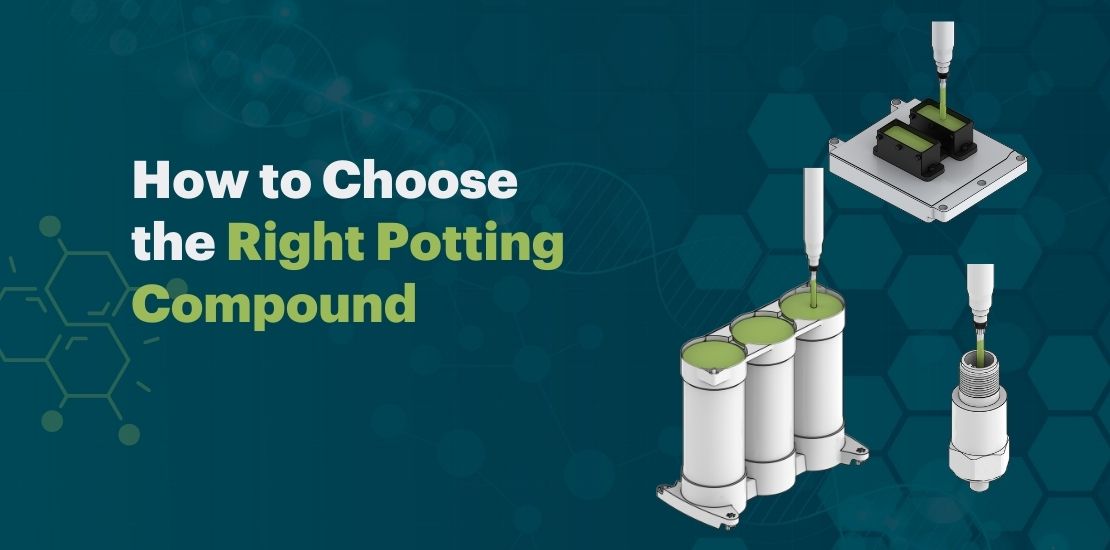- February 14, 2025
- Posted by: veeyor@dmin
- Category: Uncategorized

Choosing the right potting compound can feel overwhelming with so many options available – epoxy, polyurethane, and silicone. But if you know what truly matters for your application and understand the evolving trends in the industry, the decision becomes much easier. Let’s break it down.
1. The Changing Trends of Potting Compounds
Technology is advancing rapidly, and with it, the demand for better potting materials is evolving.
| Key Trend | Why It Matters |
| Higher Performance Requirements | Electronics are smaller and more powerful, requiring better thermal management and insulation. |
| Sustainability Focus | Industries are moving towards eco-friendly, low-VOC materials to reduce environmental impact. |
| Customization Needs | Companies need tailor-made solutions to meet specific durability, flexibility, and resistance requirements. |
2. What Are You Protecting Against?
Use this simple flowchart to determine the best potting compound for your needs:
Need strong resistance to moisture & chemicals? → Epoxy
Facing vibration & shock? → Polyurethane
Exposed to extreme temperatures? → Silicone
3. Ease of Use: How Simple Is It to Apply?
| Compound | Strengths | Limitations |
| Epoxy | Strong & durable | May shrink while curing |
| Polyurethane | Easy to work with | Sensitive to moisture before curing |
| Silicone | Flexible & resistant to aging | Longer curing time |
4. Electrical Performance: Will It Interfere With Your Circuit?
- High-voltage insulation? → Epoxy
- Balanced properties? → Polyurethane
- Delicate components needing flexibility? → Silicone
5. Durability: How Long Does It Need to Last?
| Compound | Longevity |
| Epoxy | Tough but can become brittle over time |
| Polyurethane | Good for dynamic environments |
| Silicone | Excellent long-term flexibility & stability |
6. The Future of Potting Compounds
Innovations shaping the future of potting materials:
- Self-healing Compounds – Materials that repair minor damages to extend lifespan.
- Thermally Conductive Potting – Designed for high-power electronics like EV batteries.
- Bio-Based Materials – Environmentally friendly alternatives gaining traction in multiple industries.
Final Takeaway: Choose Based on Priorities and Future Trends
No single compound is best for everything. If strength matters most, pick epoxy. For flexibility, go with polyurethane. If extreme conditions are a concern, silicone is the safest choice. Additionally, carefully consider the latest advancements in potting technology to future-proof your application.
Still unsure? Consult an expert to match the best potting compound to your specific needs. The right choice today prevents failures tomorrow!
